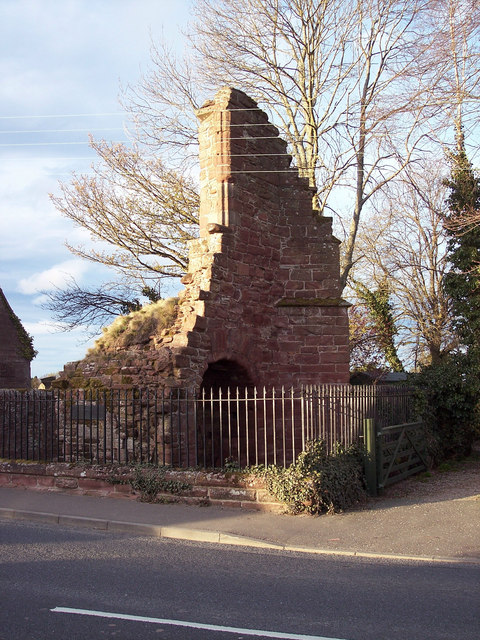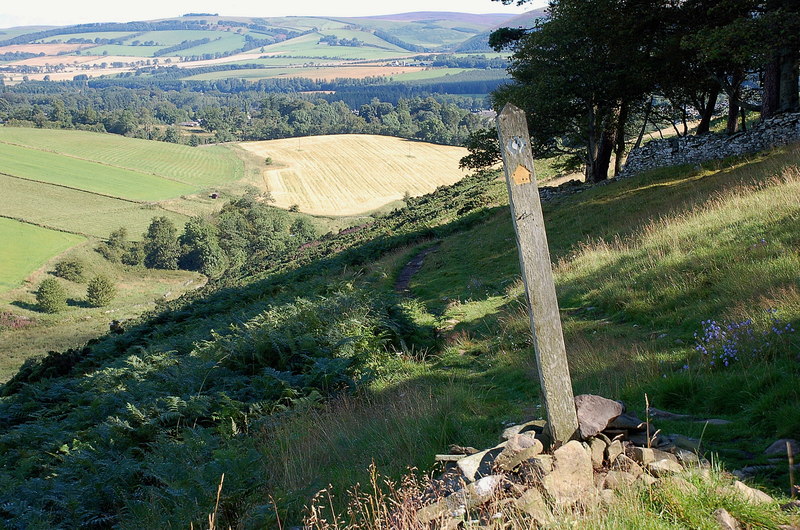|
Thomas Of Galloway
Thomas of Galloway, known in Gaelic sources as Tomás Mac Uchtraigh (died 1231), was a Gall-Gaidhil prince and adventurer. The son of Lochlann, king of Galloway, Thomas was an active agent of his brother Alan of Galloway as well as the English and Scottish kings. When King John, the English monarch, decided that central and western Ulster were to be added to his dominions (with the earldom of Ulster already created by John de Courcy), he conscripted Thomas and Alan of Galloway to his aid, offering them much of later counties Antrim, Londonderry and Tyrone as incentive. Thomas had begun his recorded career as a mercenary in Angevin service, and obtained much land in Ireland while gaining several victories with his fleet. In Scotland he obtained from William the Lion marriage to Isabella of Atholl, heiress to the province of Atholl in central Scotland. Although little is otherwise known about his life in Scotland, he was involved in the affairs of Coupar Angus Abbey, while ... [...More Info...] [...Related Items...] OR: [Wikipedia] [Google] [Baidu] |
Classical Gaelic
Classical Gaelic or Classical Irish () was a shared literary form of Gaelic that was in use by poets in Scotland and Ireland from the 13th century to the 18th century. Although the first written signs of Scottish Gaelic having diverged from Irish appear as far back as the 12th century annotations of the Book of Deer, Scottish Gaelic did not have a separate standardised form and did not appear in print on a significant scale until the 1767 translation of the New Testament into Scottish GaelicThomson (ed.), ''The Companion to Gaelic Scotland'' although John Carswell's ', an adaptation of John Knox's ''Book of Common Order'', was the first book printed in either Scottish or Irish Gaelic. Before that time the vernacular dialects of Ireland and Scotland were considered to belong to a single language and in late 12th century a highly formalized standard variant of that language had been created for the use in bardic poetry. The standard was created by medieval Gaelic poets based on ... [...More Info...] [...Related Items...] OR: [Wikipedia] [Google] [Baidu] |
John De Courcy
{{Infobox noble , image = Sir John de Courcy (1150-1219).jpg , caption = , alt = , more = no , succession = , reign = , predecessor = , successor = , suc-type = , spouse = Affrica Guðrøðardóttir , spouse-type = , issue = , issue-link = , issue-pipe = , full name = , native_name = , styles = , titles = , noble family = , house-type = , father = William de Courcy II , mother = Avice de Rumilly b.1096, Avice Fitz-Randolph de Meschin , birth_date = c.1150 , birth_place = Stogursey , christening_date = , christening_place = , death_date = September 1219 , death_place = , burial_date = , burial_place = , religion = Roman Catholic , occupation = Knight , memorials = ... [...More Info...] [...Related Items...] OR: [Wikipedia] [Google] [Baidu] |
Lauderdale
Lauderdale is the valley of the Leader Water (a tributary of the Tweed) in the Scottish Borders. It contains the town of Lauder, as well as Earlston. The valley is traversed from end to end by the A68 trunk road, which runs from Darlington to Edinburgh. Roman road Many ancient camps, and many ''tumuli'', are found in Lauderdale. The Roman road into Scotland, Dere Street, which means "the road into the country of the wild animals", crossed a ford at Newstead, near Melrose, where there had been a Roman fort and garrison, and entered Lauderdale. Dere Street is said to have been reconditioned by King Malcolm Canmore and probably used by him in his almost constant warfare against England. The Roman road has now been traced from the Tweed through Lauderdale to Soutra. Etymology Lauderdale's name comes from the town of Lauder rather than the Leader Water. The relationship between the names "Leader" and "Lauder" is very obscure; despite their similarity, they may have different orig ... [...More Info...] [...Related Items...] OR: [Wikipedia] [Google] [Baidu] |

